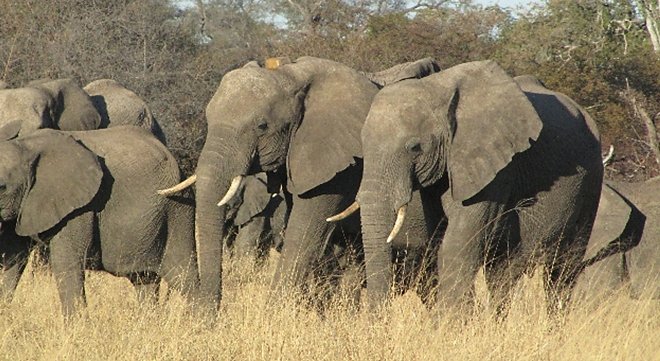

Deforestation and wildlife management: Are elephants attracted by recently deforested areas?
Participation to the "Forest ecosystems, living forest" colloquium at the National Domain of Chambord (France), March 26 and 27, 2019 (https://living-forests.sciencesconf.org/) where the results, obtained so far, on the link between deforestation and movement of elephants have been presented: elephants are attracted to forest regrowth and cultivated fields, increasing the risk of human/elephant conflict. The work aims to update the results and interpretations with new data on elephant movement and land use, leading to a future scientific publication and a presentation at the IUFRO World Congress (International Union of Forest Research Organizations) in Brazil in September 2019.
The summary below and presentation attached.
Deforestation is a major cause of wildlife decline in tropical ecosystems. The conversion of mature forest to fields by shifting cultivation leaves behind fallow lands with secondary vegetation. Paradoxically, secondary forest regrowth that provides abundant forage in comparison with mature forests can benefit some species as the African elephant (Loxodonta africana) but they are also attracted towards human communities and cultivations raising conservation issues. The study was conducted in Gile National Reserve, Mozambique, an unfenced protected area composed of Miombo woodland. Among 60 elephants remaining in the Reserve, 5 individuals were equipped with GPS collars in 2014 in 2016. Deforestation was monitored by remote sensing from 1990 to 2016 and a map of forest productivity was built. To test our hypothesis, we modelled resource selection functions using the GPS data.
Elephants spend about half of their time in the core area and half in the buffer zone where most of the deforestation occurs. Elephants neither prefer nor avoid pristine forest habitats and cleared between 1990 and 2005. They prefer areas cleared since 2005 where forest regrowth occurred since 2009. The areas the most selected were cleared between 2010 and 2013 and were in cultivation during the study. Shifting agriculture leads to the displacement elephants toward cultivated fields and regenerating forest vegetation thus increasing Human/Elephant conflicts. This resource selection strategy also raises conservation questions related to the Reserve management aiming at reducing deforestation. Diversity of habitats should be maintained and resource selection linked to vegetation dynamics should be further understood.

